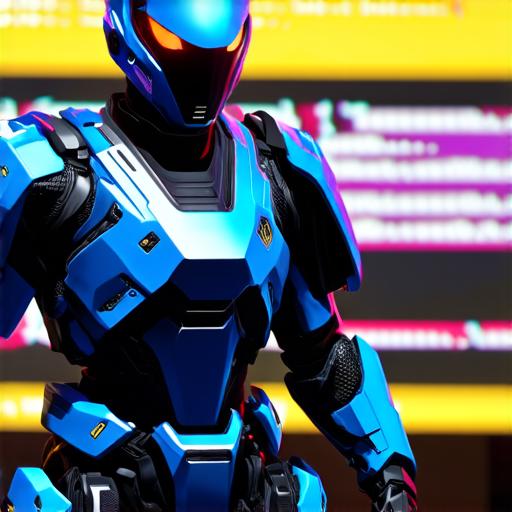
Unity is one of the most popular game engines used by developers worldwide. With its intuitive interface and vast array of tools, it’s no wonder that Unity has become the go-to choice for creating 3D games of all sizes and genres.
Getting Started with Unity
Before diving into the process of creating a 3D game in Unity, it’s important to have a basic understanding of the software. To get started with Unity, you can visit their website and download the latest version of the software. Once installed, you will be greeted with an interface that allows you to create new projects and import your own assets.
Setting Up Your Project
Once you have Unity installed on your computer, the next step is to set up a new project. To do this, simply open the software and click on “File” in the top menu bar. From there, select “New Project” and give your project a name. You can also specify the location where you want to save the project files.
Now that you have your project set up, it’s time to add some assets to the scene. Assets are the building blocks of any 3D game, and include things like characters, environments, and objects. To add an asset to your scene, simply drag and drop it from the “Assets” folder into the “Hierarchy” view.
Creating Your Game Logic
Once you have your assets in place, the next step is to create the game logic. This involves writing code that tells the game how to behave and interact with the player. Unity uses C as its primary programming language, so if you are familiar with this language, you can get started right away. If not, there are many online tutorials and resources available to help you learn the basics of C programming.
One of the most important aspects of game logic is creating a player character (PC) that the player can control. To do this, you will need to create a new GameObject in the scene and add a Rigidbody component to it. This component will allow the PC to move around the environment and interact with other objects in the game.
Another important aspect of game logic is creating enemies that the player must defeat. To do this, you can create a new GameObject for each enemy and add a script to it that controls the enemy’s behavior. This script can include things like movement patterns, attack strategies, and health levels.
Designing Your Environment

In addition to creating game logic, designing your environment is another crucial aspect of creating a 3D game in Unity. This involves creating 3D models of the game world, including things like buildings, trees, and terrain. To do this, you can use tools like Blender or Maya to create 3D models, and then import them into Unity using the “Assets” menu.
Once you have your environment designed, it’s important to optimize it for performance. This involves reducing the number of polygons in your models, compressing textures, and enabling features like LOD (Level of Detail) to improve frame rates.
Publishing and Marketing Your Game
The final step in creating a 3D game in Unity is to publish and market the game. To do this, you will need to create an account on the Unity Asset Store, where you can upload your game and sell it to other players.

